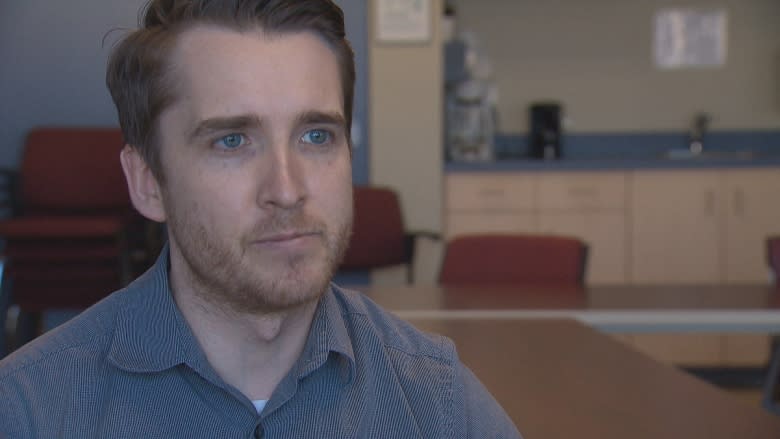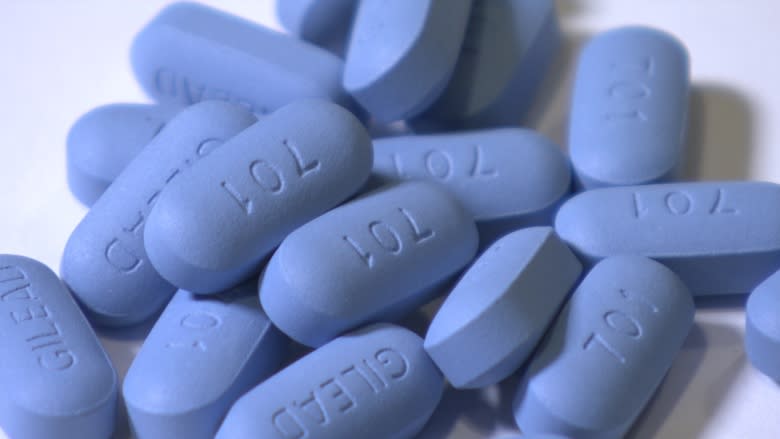New HIV cases could double this year in Nova Scotia, prompting advisory
A medical advisory from Nova Scotia's Department of Health and Wellness obtained by CBC shows the department has "noted a significant increase in reports of newly diagnosed HIV" for 2018.
The advisory, sent out July 13 to primary-care physicians, nurses and emergency rooms, said the Nova Scotia Health Authority's public health division is "closely monitoring the situation and has enhanced follow up and case finding efforts."
In an interview this week, Dr. Trevor Arnason, the medical health officer for Halifax, said the province usually sees between 15 and 17 new cases of HIV infection each year. This year there have already been 16.
Men having sex with men and people injecting drugs are the most commonly reported risk factors. Arnason said those factors apply to almost all of the new cases.
It's unclear why there is an uncharacteristically high number of cases so far this year. Nova Scotia HIV infection rates are low so the new cases may not represent significant changes to the numbers of people at risk.
Still, Arnason said he is concerned about the number of cases and the health authority is looking into possible explanations.
Preventing HIV infection
The messaging around prevention, such as use of condoms, could be part of the issue.
"We know that there are some people who for whatever reason [think] condoms aren't the solution to prevention. No matter how many messages we get out there, there are still reasons that's not possible," Arnason said.
A Halifax advocate agrees.
Matt Numer, an assistant professor at Dalhousie University's school of health and human performance, said the public needs to know that condoms are only one way to prevent HIV.
In fact, he said the best thing that can be done to prevent HIV infection is to get people to take pre-exposure prophylaxis, a drug taken daily to help prevent HIV infection.
The drug can also be used in combination with other preventative measures to provide enhanced protection against HIV.
However, the drug was only approved by Health Canada in 2016 and public awareness is still low.
But Numer said that awareness campaigns for pre-exposure prophylaxis in San Francisco, London and New York have been highly successful.
"In those jurisdictions we've seen a decrease in HIV infections that hasn't happened in about 20 years, to the tune of about 40 per cent," he said.
Costs can be high for pre-exposure prophylaxis
Besides the lack of awareness, the main challenge facing use of the drug in Nova Scotia is the lack of public funding.
In Nova Scotia, it can cost up to $500 out of pocket each month, according to Numer.
The decision to fund the drug rests with the Department of Health and Wellness, but Arnason said it's an option that the province should explore.
A spokesperson said the department is working on expanding access to the drug for Nova Scotians at high risk for HIV infection, but wouldn't confirm whether that means finding a way to publicly fund it.
Both Arnason and Numer agree investing in prevention can have a big economic benefit in the long term.
"If we can prevent HIV, it costs far less than treating HIV," Numer said. "There's a clear economic case that can be made because the cost of treating HIV over [a person's] lifetime is about $1.3 million."




